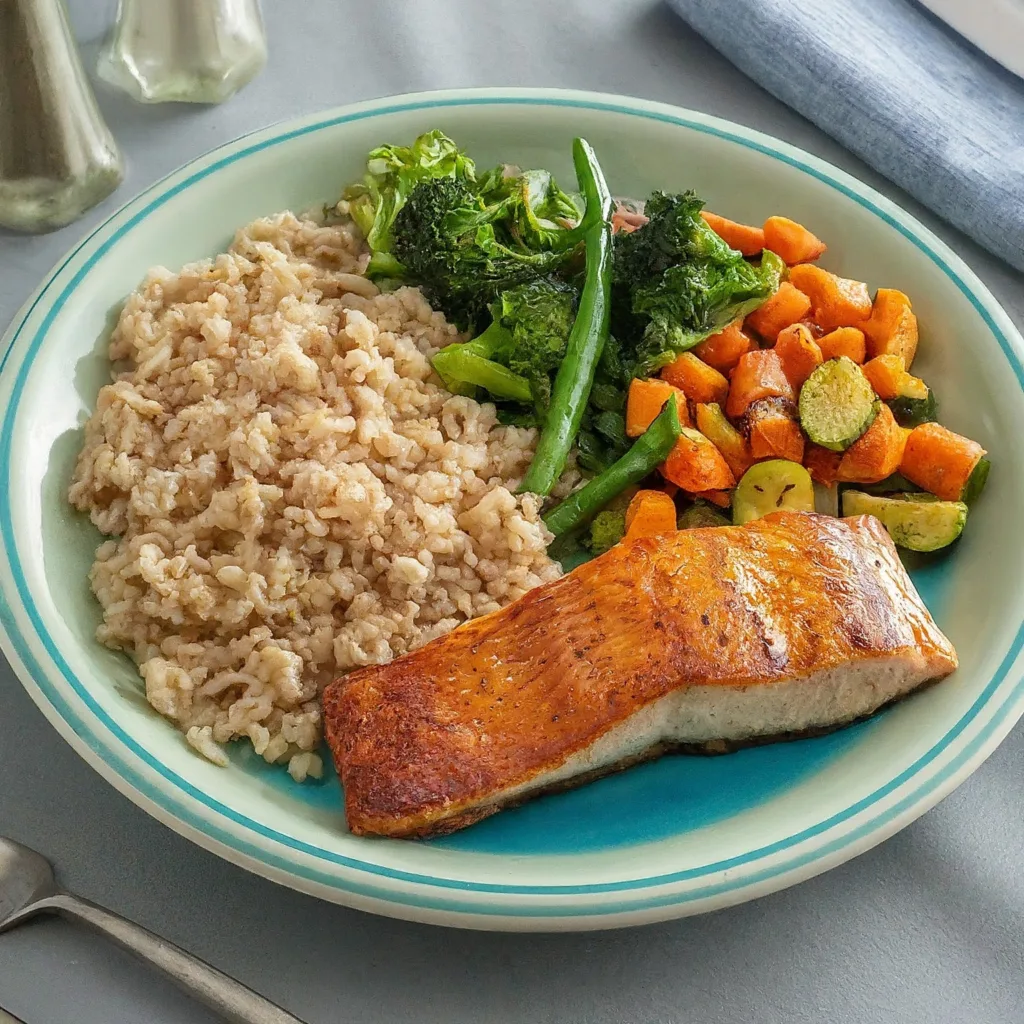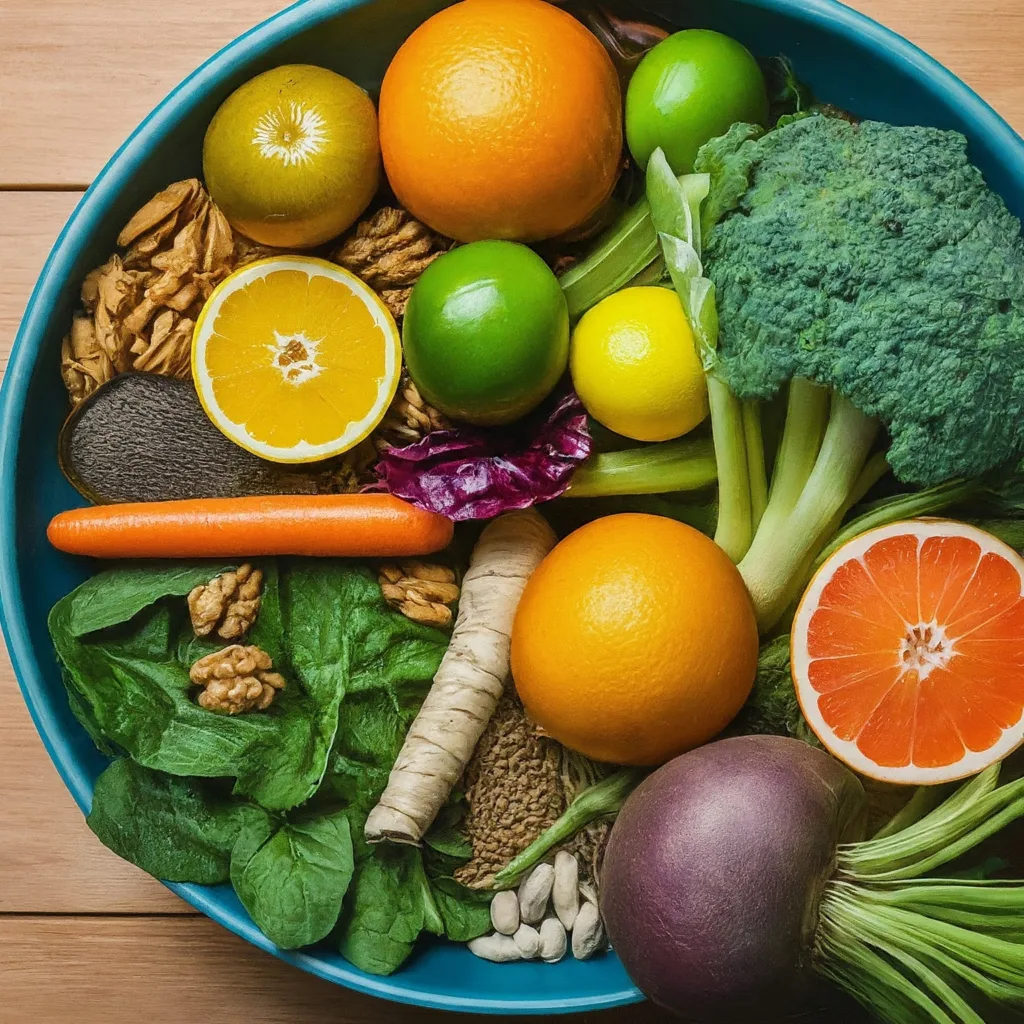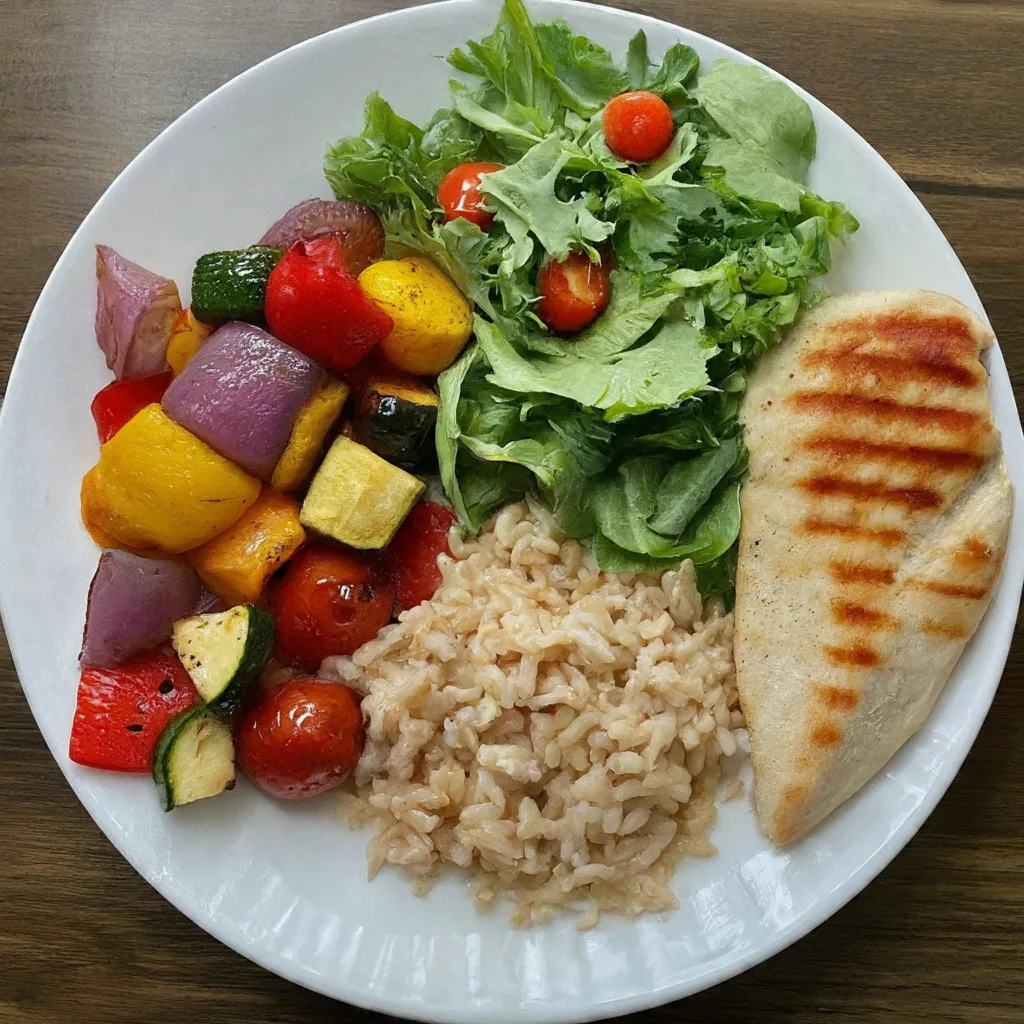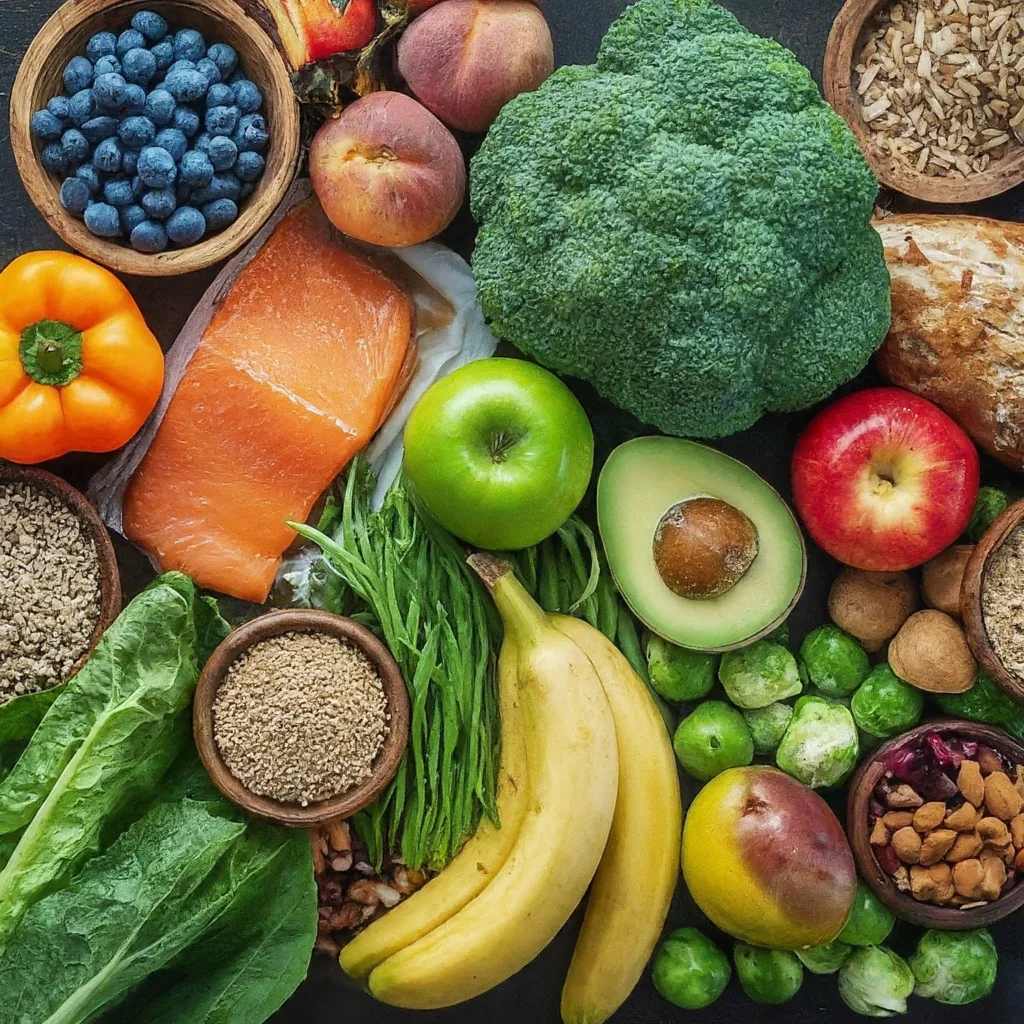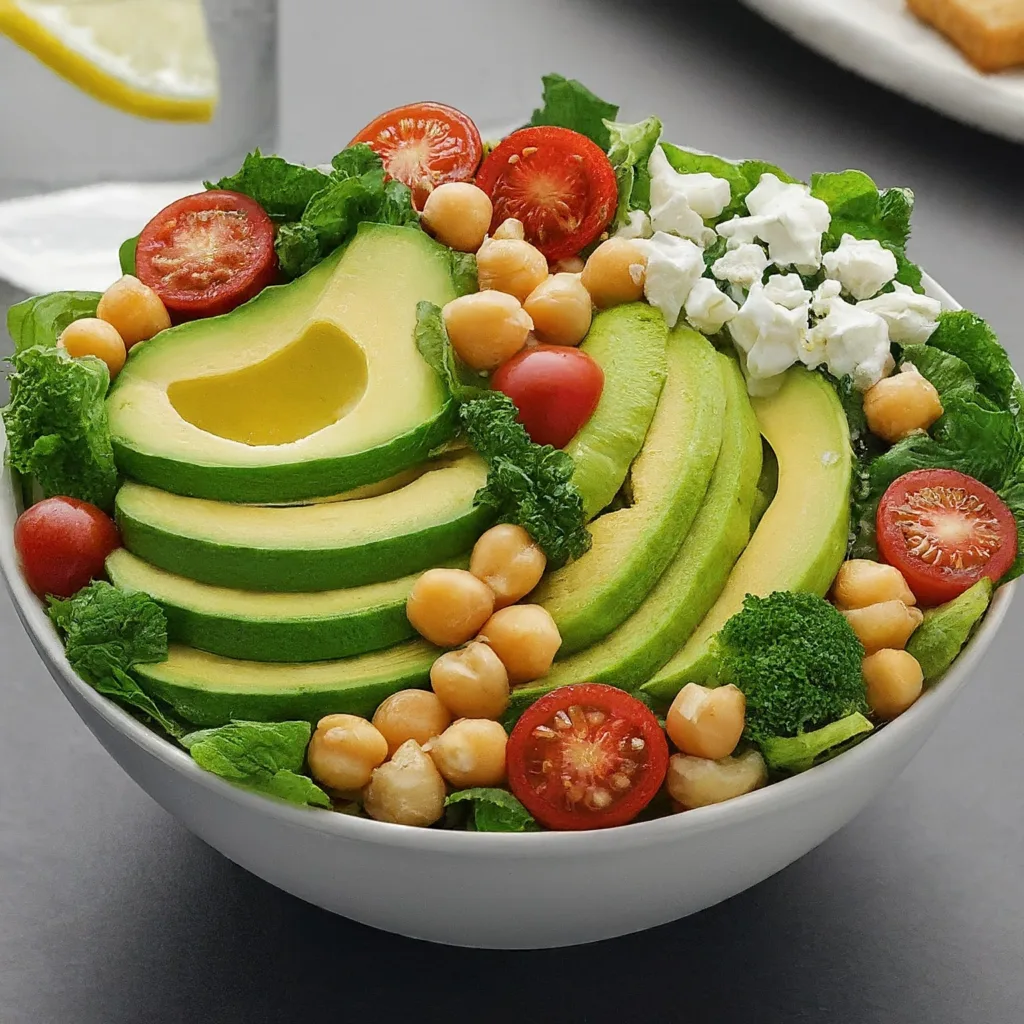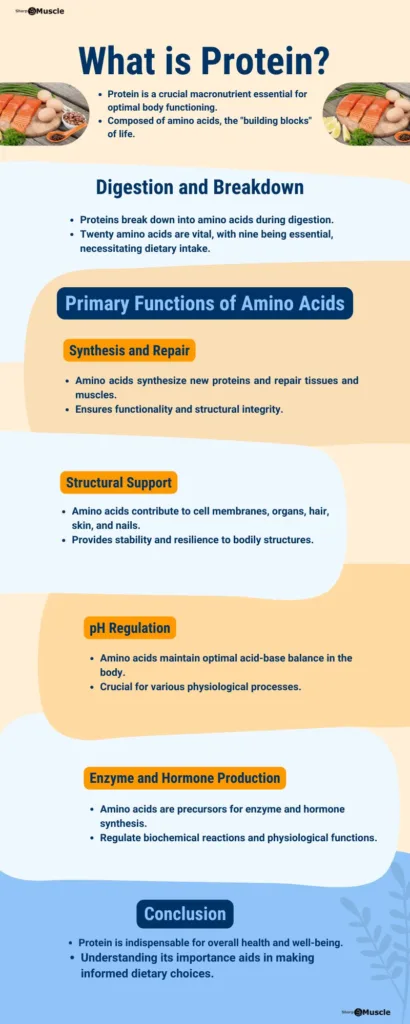Flexible dieting (also known as IIFYM ‘if it fits your macros’) is a way to live a balanced lifestyle, while still building and maintaining the physique of your dreams.
Continue reading, you are going to love the article for this part of the flexible dieting. This is where I tell you that you can eat more or less whatever you want to reach your daily macronutrient goal.
What is Flexible Dieting (IIFYM or “If It Fits Your Macros,”)?
Flexible dieting is more a lifestyle than an actual diet. Flexible dieting eliminates ‘clean’ and ‘dirty’ foods and instead focuses on the bigger picture—your daily calorie needs.
IIFYM or “If It Fits Your Macros,” thrives on the principle that a calorie is a calorie and what source it comes from will have no effect on body composition.
If you exceed the daily amount of calories your body needs, you can gain fat by eating ‘clean’ foods, just as you can lose fat by eating ‘dirty’ foods, as long as the total Calorie consumption is below your maintenance level.
Post-workout is the ideal time to consume carbohydrates to restore your glycogen levels and to replenish them after muscle is broken down into pieces. The process of getting a ‘pump’ while lifting weights is the process of healthy tearing and bleeding of muscle fibers.
Flexible dieting means that 50 grams of carbohydrates consumed from brown rice will have the same effect on your body as 50 grams of carbohydrates from cocoa pops.
Flexible dieting allows you to incorporate your favorite foods into your diet, as long as they fit within your calorie goal.
Some of the foods that I regularly consume as part of my diet include:
- Smoothies
- Pop Tarts
- Subway
- Hamburgers
- Cheesecake
- Pizza
I suggest you stick to nutritious foods, but other than that, there’s no rule other than paying attention to your numbers every day. Do you like starchy carbs? Well, eat them every day. How about whole grains? Great, me too. Milk products? They are a staple in my diet. Red meat every day? Why not. A little dessert after dinner? I recommend it.
Now, some people abuse this dietary freedom and try to eat as much junk food as possible while staying within their numbers. While it technically “works” for the sole purpose of building muscle and losing fat, a lack of unavoidable micronutrients gets in the way of your performance and thus your long-term benefits (not to mention your health).
Just because you can eat a box of Pop Tarts every day and lose weight doesn’t mean you should. Sure, our bodies can use McDonald’s burger patties to build muscle (to some degree, at least), and we can use a flexible diet to eat them every day, but can it be made from low-quality meat? Are the potential health risks associated with regular consumption of low-quality meat?1
I do not think so. Being shredded no matter what kills your hormone profile, your immune system is overwhelmed, and your body is starved for nutrients.
So, here are some good rules for your meal planning:
Get at least 80 percent of your daily calories from healthy (micronutrient-dense) foods you enjoy. 2
One of the biggest problems people have when dieting is that they get to a point where they can’t eat chicken and steamed vegetables, and a taste of something salty leads to a complete binge.
Well, the best way to avoid this is to eat only what you enjoy every day.
For example, if you want to have steak instead of chicken, add it to your meal plan (adjust for added fat). If you want some whole wheat pasta (low-GI, good source of fiber), adjust your meals for the day to allow it. If some whole-fat Greek yogurt will hit the spot, add olive oil or cut cheese on your lunchtime salad to make it fit.
Don’t be afraid of small indulgences
As long as the majority of your daily calories come from healthy foods packed with micronutrients, feel free to include some treats if you’d like.
For example, if you love chocolate, work on some of your numbers for the day. If you’ve been eyeing that perfect gelato for a few days, don’t be afraid to make room for 100 or more calories after dinner.
Personally, I get about 90 to 95 percent of my daily calories from relatively unprocessed, nutritious foods, but I’m not afraid to work in a little sugar or “junk” here and there.3
Does IIFYM/Flexible Dieting Work?
IIFYM or “If It Fits Your Macros,” works, by calculating the required daily caloric intake and macronutrient breakdown, you will get results. Don’t believe me?
Professor Mark Haub – This Kansas State nutritionist experimented with flexible dieting in 2010 to prove to his students that ‘clean eating’ wasn’t the only way to lose fat. During Mark’s experiment, he lost a whopping 27lbs over the course of 10 weeks, and the event was blogged across the internet as ‘Professor Loses 27lbs on the Twinkie Diet.’
Mark’s diet consisted of 80% of food purchased through convenience stores, with the remaining 20% coming from vegetables, protein shakes, and a multivitamin (1800 calories per day). This is not classified as a fast ‘crash’ diet as Mark’s maintenance calories would have been around 2300 calories, a deficit of 500 calories as recommended removing fat.
Not only did Mark lose 27 lbs, but his health indicators also improved – HDL and LDL cholesterol, as well as triglyceride. Mark’s rationale for this experiment was to demonstrate to the students that “in weight loss, what matters most is the net calorie count, not the nutritional value of a food.”
Calculating Flexible Dieting/IIFYM
Here’s your starting point for flexible diet:
- Calories
- Macronutrients
1. Calories
Calories can come from many macronutrient sources. This includes:
- Protein – 4 calories per gram – Protein serves as the building blocks for lean muscle mass.
- Carbohydrates – 4 calories per gram – Carbohydrates are used by our bodies as a primary energy source. Carbohydrates are divided into 2 subcategories (both contain 4 calories/gram):
- Simple carbohydrates – These are sugary-processed carbohydrates found in foods such as lollies, chocolate, and fruit. Simple carbohydrates are quickly absorbed and cause a large insulin spike.
- Complex Carbohydrates – These carbohydrates are ‘clean’ slow-digesting carbohydrates known for sustained energy. Complex carbs are found in oats, sweet potatoes, and brown rice.
- Fats – 9 calories per gram – Healthy fats are important for bodily functions such as hormone levels. Fats are divided into several categories as well:
- Saturated fat – found in meat and dairy, can raise cholesterol.
- Unsaturated fats – found in vegetable oils, which lower cholesterol.
- Saturated fat – found in meat and dairy, can raise cholesterol.
- Alcohol – 7 calories per gram – Empty calories (alcohol contains no macronutrients).
2. Macronutrients
To start the flexible diet, you need to know your daily calorie goal! Be sure to have a calculator or degree in math on hand.
To calculate this goal, the following formula is used (please note the slight variation in the formula for men and women) – based on the extremely accurate Mifflin – St. Jeor equation:
Male
BMR = [9.99 x weight (kg)] + [6.25 x height (cm)] – [4.92 x age (years)] + 5
Women
BMR = [9.99 x weight (kg)] + [6.25 x height (cm)] – [4.92 x age (years)] – 161
The above equation will give you your BMR – this is your Basal Metabolic Rate. In other words, the number of calories your body needs while resting.
You then multiply BMR by an ‘activity variable’ to get your TDEE (total daily energy expenditure). This activity factor is the cost of living, and is based on more than just your workout. It also includes work/lifestyle, sport and the thermogenic effect of food (essentially the energy consumed in the process of digesting food).
The average activity variables are as follows:
- 1.2 = Sedentary – little or no exercise + desk job
- 1.3-1.4 = Lightly Active – Little/low daily activity and light exercise 1-3 days a week
- 1.5-1.6 = Moderately Active – Moderately active daily living and moderate exercise 3-5 days a week
- 1.7-1.8 = Very Active – physically strenuous lifestyle and strenuous exercise or sports 6-7 days a week
- 1.9-2.0 = Highly Active – strenuous daily exercise or sports and physical work
Below are some examples of this calculation done correctly:
Male
- 90 kg male – 21 years – 187 cm tall – Desk job, minimal exercise
- [9.99 × 90] + [6.25 × 187] – [4.92 × 21] – 5 × Activity level 1.2 = 2350 calories
- 70 kg – 18 years – 170 cm tall – Physical work, lots of exercise
- [9.99 × 70] + [6.25 × 170] – [4.92 × 18] – 5 × Activity level 1.7 = 2852 calories
Female
- 65 kg – 28 Years -140 cm – Desk Job, minimum exercise
- [9.99 × 65] + [6.25 × 140] – [4.92 × 28] –161 × Activity level 1.2 = 1500 calories
- 55 kg – 18 Years -150 cm – Moderately Active
- [9.99 × 55] + [6.25 × 150] – [4.92 × 18] –161 × Activity level 1.5 = 1414 calories
Alternatively, you may use an online calculator based on the Mifflin – St. Jeor.
Target calorie consumption
You have calculated your TDEE, now you need to determine what your goal is:
- Retain your current position?
- Remove fat?
- Pack on lean muscle?
One of the biggest mistakes when deciding to lose weight is going on a hunger or ‘crash’ diet. Reducing 1000 calories per day will give you a period of weight loss at an impressive rate initially, however, it will cause metabolic damage.
Your body’s processes rapidly lowering its metabolism and calorie burning rate due to the minimal amount of food consumed, essentially going into survival mode.
Plus, you guessed it: The only way to fix a damaged metabolism is to slowly start eating more. Crash dieting is not sustainable – don’t do it.
- For weight loss – consume less than 500 calories per day from your TDEE.
- For lean muscle gain – consume 500 calories more than your TDEE per day.
- To maintain – consume the exact number of calories each day as your TDEE.
When your progress starts to slow down, it’s time to recalculate your TDEE using the same formula you used earlier (listed above) because now you will find that your TDEE has changed! As you add lean mass, your TDEE will increase significantly.
As you begin to lose weight, you will notice that your TDEE has decreased (and, therefore, after a month you are eating only 200 calories under your TDEE instead of the 500 calories you initially consumed).
Macronutrient Breakdown
It’s important to establish the exact ratio of protein, carbohydrate, and fat to consume.
For optimal performance in sports and resistance training (as well as keeping your appetite in check), I recommend consuming at least 30% of your daily calories from protein, with the remaining 70% coming from the breakdown of calories and fat.
You’ll see in the typical macronutrient breakdown listed below, the percentage of calories derived from fat is no less than 20%.
This is due to the fact that hormones are formed from cholesterol along with other fat molecules; Reducing the percentage of fat can lower the normal hormone levels. Why is this an issue, you ask?
Because these hormones drive the growth and development of the body, metabolism, reproductive system and mood. Low fat intake leads to a deficiency of essential fatty acids and also increases the risk of cancer.
Although, as stated, you will only lose fat by consuming less of the TDEE calories and eating more than the TDEE will lead to weight gain, I highly recommend following the high protein approach. If you neglect your protein intake, you will not build and maintain lean muscle mass.
Unlike foods rich in carbohydrates and fats, foods high in protein will also keep you feeling full for longer.
In terms of the macronutrient breakdown below, the listed sequence macronutrient splits include:
1. Medium high protein, high carbohydrate, low fat
- Protein = 30 grams
- Carbs = 50 grams
- Fat = 20 grams
Often used when going through a mass manufacturing or ‘bulking’ phase.
2. Medium High Protein, Medium High Carbohydrate, High Fat
- Protein = 35 grams
- Carbs = 40 grams
- Fat = 30 grams
Moderately high protein, moderately high carbohydrate, higher than normal fat, is a fairly uniform division of macronutrients I would recommend this style of macronutrient splitting while maintaining your current body composition.
3. High protein, high carbohydrate, and low fat
- Protein = 40 grams
- Carbs = 40 grams
- Fat = 20 grams
The most commonly used macronutrient split, used by bodybuilders and fitness enthusiasts today, is used for fat loss and adding lean muscle mass by adjusting the number of calories used.
4. High protein, low carbohydrate, low fat
- Protein = 50 grams
- Carbs = 30 grams
- Fat = 20 grams
This macronutrient split is typically used for an ongoing fat loss diet, as the high protein content makes a person feel fairly full and content between their meals. With this low level of carbohydrates, feeds are essential.
5. Moderate protein, minimal carbohydrate, high fat
- Protein = 35 grams
- Carbs = 60 grams
- Fat = 5 grams
A diet containing these macronutrients is known as a ‘ketogenic diet‘.
The primary purpose of the ‘ketogenic diet’ is to adjust the body to use fat as the primary stored energy source as opposed to carbohydrates. When the body enters this state, takes several days, it’s in a state of ketosis. I would not recommend following this style of macronutrient breakdown due to the previously mentioned hormone suppression that occurs with a low-fat diet.
Food choices are also essentially limited to a small portion of meat, nuts and vegetables, defeating the purpose of flexible dieting.
Essential Macronutrients Fiber
Fiber is an essential macronutrient that our body needs to aid digestion. A ‘clean eating’ diet includes lots of foods that have a high fiber content – however, when following a flexible diet, it is equally important that we meet our fiber needs.
- Women should aim for 22-28 grams of dietary fiber per day.
- Men should aim for 28-34 grams of dietary fiber per day.
There are many types of fiber supplements available in the market, however, these (as the name suggests) only supplement your regular fiber intake.
Foods high in fiber include whole grains, fruits, and vegetables (these are all types of carbohydrates).
Refeed
If you’re embarking on a fat loss journey through the use of flexible dieting (or any style of dieting!), incorporating structured feeds is paramount.
Please note that this is irrelevant if you want to follow a calorie surplus to gain lean mass. A structured feed is a 24-hour period in which your macronutrient breakdown changes substantially after you are in a caloric deficit (calorie consumption less than your TDEE).
Why is a Refeed Necessary?
A refill will boost your metabolism and help restore your leptin hormone levels – leptin is the king of all fat-burning hormones.
When there is a calorie deficit, your metabolism will drop (meaning fewer calories are being burned), plus your leptin hormone levels will drop in an effort to reduce body fat. It is a defense mechanism established for the body.
We need to understand that our body is resistant to change, no matter what our current body composition – our body doesn’t want to change. The human body does not want to lose fat; It just wants to survive. Consuming below your TDEE will force your body to slow down your metabolism, resulting in a lower caloric intake to burn body fat consistently.
As metabolism slows down and leptin levels drop, it becomes much more difficult to burn excess body fat. Therefore, adding a refeed day to your diet will encourage your body to burn fat at a consistent rate.
The leaner you are, the more often you will need to re-feed; Lower body fat = Lower leptin level.
It is based on body fat percentage; You will learn how to calculate it in the table below:
| Body fat percentage | Frequency of refeed |
|---|---|
| More than 20% | Monthly |
| 15-20% | Fortnightly |
| 10-15% | Weekly |
| Less than 10% | Twice weekly |
On your Structured Refeed day, I recommend you leave the protein and fat intake up just like any other day. However, double the carbohydrate intake for this 24-hour period. This will give you slightly more than the maintenance calories for the day, but will have long-term benefits, as discussed above.
Here is an example of my regular caloric intake:
2800 calories (below 500 TDEE)
- Protein = 280 grams
- Carbs = 245 grams
- Fat = 78 grams
Here’s my typical caloric intake on a Structured Refeed day:
3780 calories (580 calories above TDEE)
- Protein = 280 grams
- Carbs = 490 grams
- Fat = 78 grams
As we’ve addressed before, a carbohydrate is a carbohydrate – you can get these extra carbs from any number of sources, no matter whether they’re simple or complex.
On a refeed day, I usually eat oats, bananas, pancakes, ice cream and pasta as they are all rich in carbohydrates.4
- Nutrition and Cancer 60, no. 2 (2008): 131-44, “Processed meat and colorectal cancer: a review of epidemiologic and experimental evidence”, DOI: 10.1080/01635580701684872[↩]
- Troesch B, Biesalski HK, Bos R, Buskens E, Calder PC, Saris WH, Spieldenner J, Verkade HJ, Weber P, Eggersdorfer M. Increased Intake of Foods with High Nutrient Density Can Help to Break the Intergenerational Cycle of Malnutrition and Obesity. Nutrients. 2015 Jul 21;7(7):6016-37. doi: 10.3390/nu7075266. PMID: 26197337; PMCID: PMC4517043.[↩]
- Source: Bigger Leaner Stronger: The Simple Science of Building the Ultimate Male Body. By Michael Matthews. Available here: https://amzn.to/3S7dyYD[↩]
- Source: By Scott James – Flexible Dieting IIFYM Box Set #1 Flexible Dieting 101 + The Flex (2015-01-09) by Scott James, Available here: https://amzn.to/3VcGqRl[↩]




